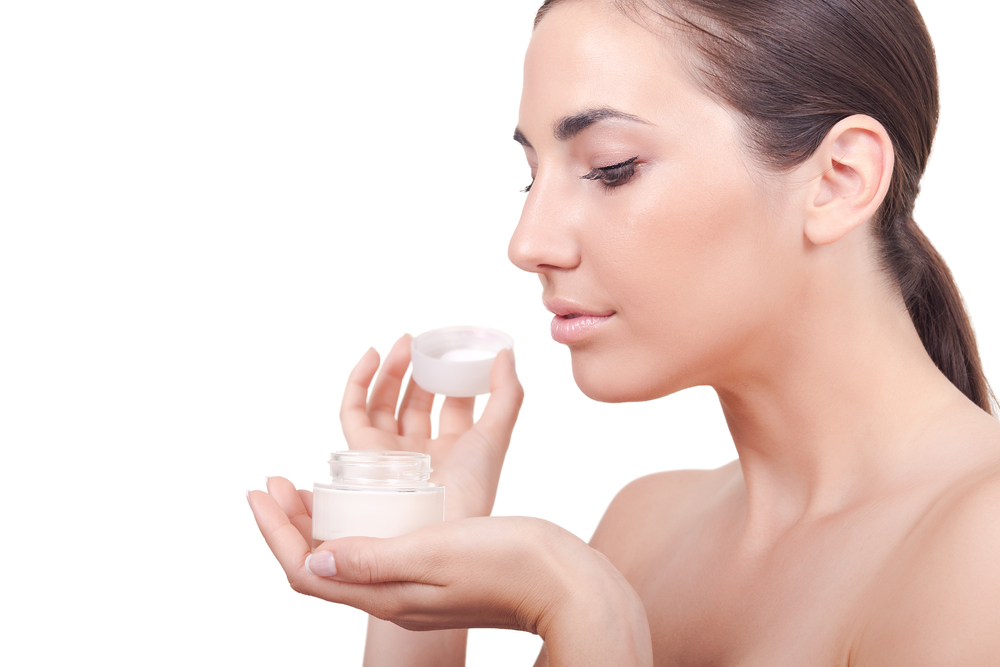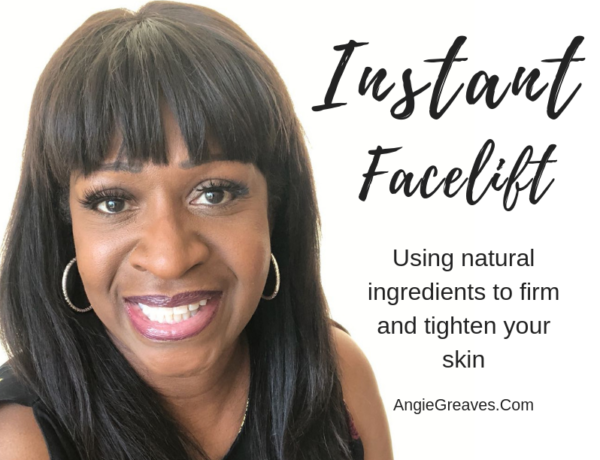Each day your skin tosses tens of thousands of dead skin cells. This is completely normal and practically invisible process.
Human skin is an incredible organ. It protects us in so many ways that we do not even comprehend how important skin is. The way skin works is incredible, as well. Every single day, new skin cells are born. As they grow, they push away old cells that were exposed to the external elements for quite some time.
You can do so much to help that process by exfoliating your skin in a way that will allow your skin to breathe. And by doing that, you also allow your skin to be healthy. But, there’s a catch. Exfoliation is useful only if you know the rules of doing it. You have to know your skin, what works and what doesn’t. Most importantly, you need to be gentle and sensible when exfoliating your skin.
What is exfoliation?
Basically, exfoliation is the removal of your dead and flaky skin cells. You can think of it like dusting and polishing your furniture. Dead skin cells are exactly what it says they are. They served their purpose, and the best thing you can do for your skin is to help remove those cells and get rid of that dull complexion.
Exfoliation has been around for centuries. Ancient Egyptians used to exfoliate their skin as well as people in middle ages. Usually, exfoliation is achieved:
Mechanically with exfoliating cloths, different types of facial scrubs or micro-fiber sheets and exfoliating cleansers. Other abrasive materials can be used, as well.
Chemically with the usage of chemical exfoliants which contain acids and enzymes. This type of exfoliation is often done by professionals in beauty salons and cosmetic parlors.
Guidelines for proper exfoliation
Skin exfoliation and improper aftercare of your skin can lead to unwanted consequences such as skin rashes, skin irritation, and skin discoloration. You feel horrible when something like this happens, and you do not want to make the same mistake twice.
Your skin requires clean, controlled and gentle exfoliating approach. These are some the most common signs that you did something wrong:
-
Skin felt too tensed and stretched to a breaking point
-
Dry or red patches that were not on your skin before
-
Inflammation of the skin and acne
-
Extreme dryness of the skin
-
Tingling or itching sensations on the skin
When you exfoliate your skin, it is easy to forget that you are dealing with particularly sensitive organ. Skin needs to be treated with utmost respect. Exfoliation needs to be a calm and cleansing experience. You also need to limit your expectations. Sometimes, it takes a couple of exfoliation treatments for you to achieve the desired results. Be patient.
Guidelines for correct exfoliation:
-
Use organic materials when you exfoliate. Your brushes and cloths should be very soft and made of natural materials. Avoid artificially made abrasive materials.
-
Use homemade facial scrubs
-
Brushes, sponges and cloths you use for exfoliation should be thoroughly cleaned and washed.
-
Always apply the moisturizing cream after exfoliation.
-
If your skin is too sensitive, do not exfoliate every single day. The same goes for every skin type because even if you think your skin is not delicate, you’re probably wrong. Sometimes all you have to do is wash your face with water and mild soap. Instead, use skin brightening creams that will provide you with suitable care and keep your skin nourished.
-
Your skin is vulnerable after exfoliation, so don’t go out on the Sun soon after exfoliation. The best time to exfoliate is at night. Your skin will rebuild itself while you sleep.
-
Use gentle and mild exfoliants.
Conclusion
Your skin rebuilds itself every day. Old skin cells are being replaced with new ones constantly. Exfoliation helps that process. It keeps your skin clean and vibrant, but you have to be careful how you treat your skin before and after exfoliation.
Just remember – you need to be gentle with your skin. Aggressive exfoliation will get you nowhere. Let your skin rest and always keep it hydrated.
Related video:
References:
http://www.isclinical.com/whitepapers/WhitePaper_MechanismsOfExfoliation_Jan2015.pdf





























